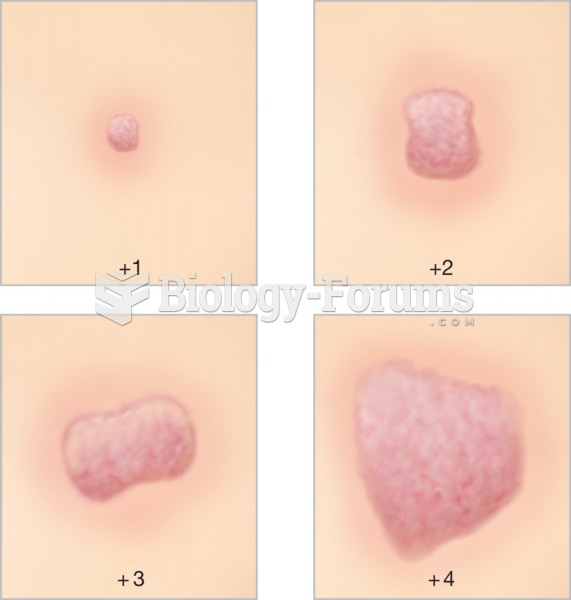Answer to Question 1
Answer should include points such as the following:
Before: Mouth alcohol is alcohol could be present in a breath-test subject's mouth. The presence of mouth alcohol can cause the alcohol concentration detected in exhaled breath to be higher than the actual concentration in the blood. Potential sources of mouth alcohol include regurgitation, belching, recent intake of an alcoholic beverage, and recent gargling of an alcohol-containing mouthwash. To avoid this possibility, the operator must not allow the subject to take any foreign material into his or her mouth for at least fifteen minutes before the breath test. Also, if regurgitation or belching occur, the operator must wait fifteen to twenty minutes before testing. The instrument must also be properly calibrated and equipped with internal standard alcohol solutions.
During: The key to the accuracy of a breath-testing device is to ensure that the unit captures the alcohol in the alveolar breath (i.e., deep-lung breath) of the subject. This is typically accomplished by programming the unit to accept approximately 1.5 liters of breath from the subject. Also, the subject must blow for a minimum time with a minimum breath flow rate. Two separate tests are recommended.
After: Consecutive measurements must be taken. A slope detector is a device attached to a breath tester to ensure that the breath sample being measured is alveolar, or deep-lung, breath. As the subject blows into the instrument, the slope detector continuously monitors breath-alcohol concentration. The instrument accepts a breath sample only when consecutive measurements fall within a predetermined rate of change.
Answer to Question 2
Answer should include points such as the following:
The DRE, or drug recognition experts, program is a series of clinical and psychophysical examinations used by trained police officers to identify and differentiate between types of drug impairment. It incorporates standardized methods for examining suspects to determine what category of drug may be impairing their performance. Although the DRE program usually cannot determine which specific drug was ingested, the toxicologist can often determine that a suspect has a particular drug in his or her body. The DRE can supply credible evidence that the suspect was impaired at a specific time, and the DRE can confirm that the nature of the impairment was consistent with a particular family of drugs.







